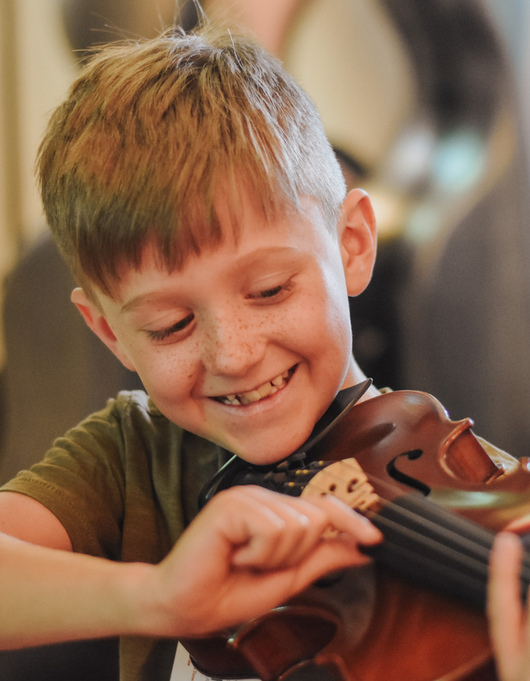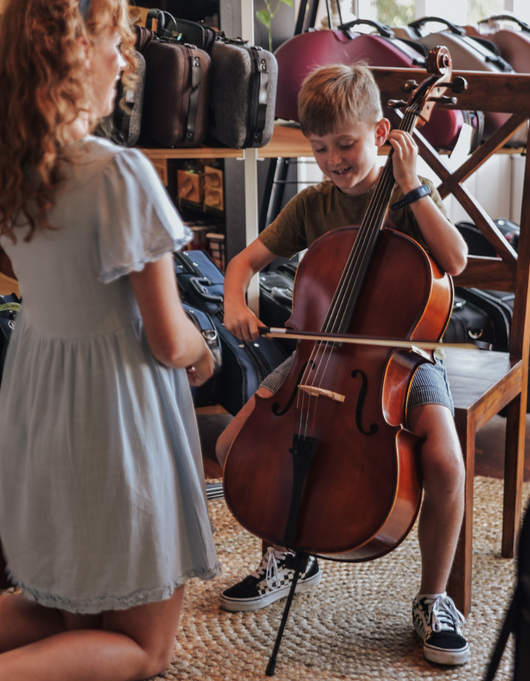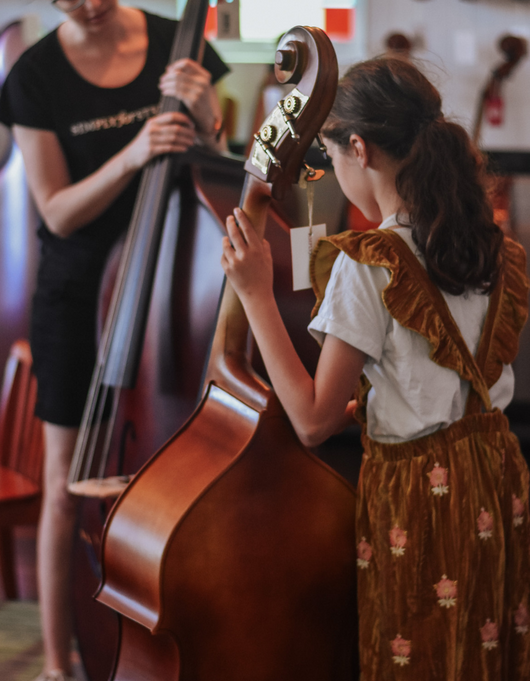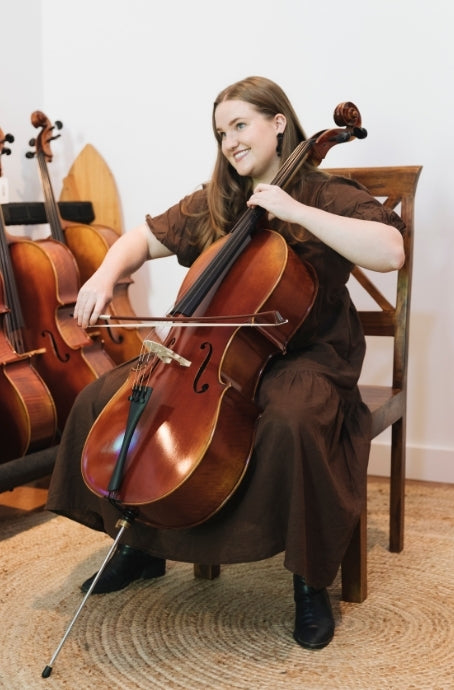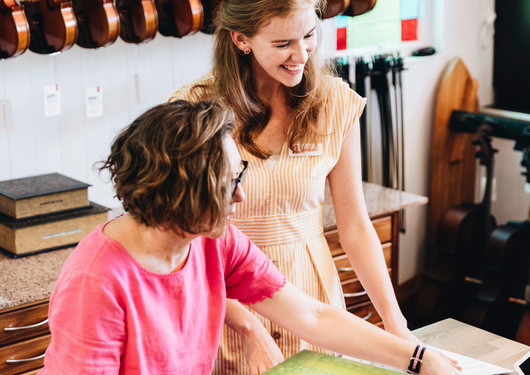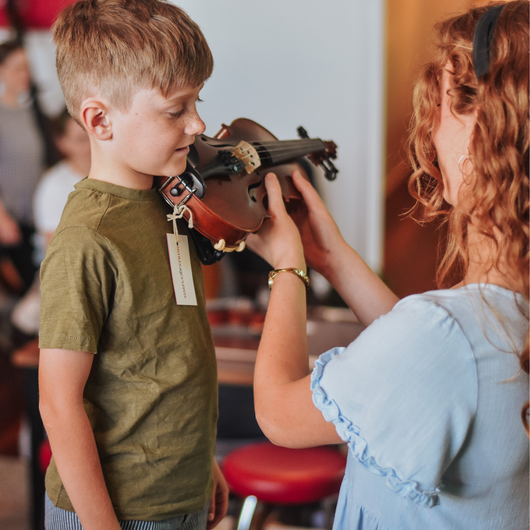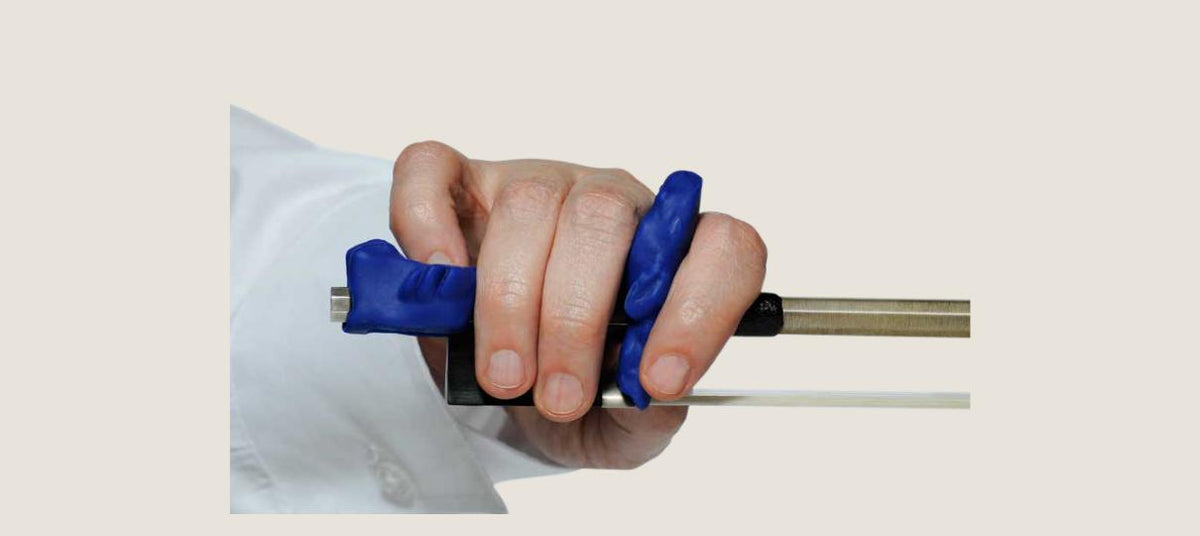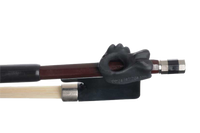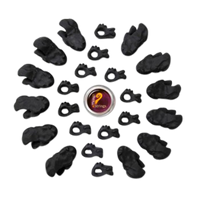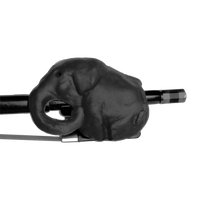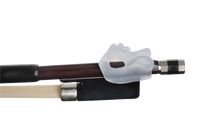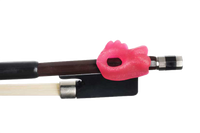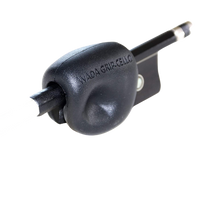What are Bow Hold Buddies? And how can you get the most out of them as a teacher? Reviewed by Robyn G; String Instrument Teacher.
As a fan for years, I was very excited to receive a tweet from Ruth Brons, creator of the Bow Hold Buddies, to inform me that she would be attending the Melbourne AUSTA National Conference.
The cute little frogs, fish and 'CelloPhants' claim to give your students and instant bowhold. We all know how frustrating it can be to try and direct our students hand, wrist and fingers into the optimal bowhold (particularly in this era of no ‘hands on’), so I was keen to try out my new purchases on my students upon my return home to the warmth of Brisbane.
As a teacher for the Education Department, I teach exclusively in the group setting of no less than 3 students and in total I teach over 200 students a week. My first task was to fit the bowhold buddies to my bow (to model) and then onto a school hire bow (1/2 size violin and 1/2 size cello bow). I strongly recommend using your practice bow if you are using this method as you may not want to keep unwinding your ‘good’ bow every time you want to perform without the bowhold buddies. The 1/2 size bows are the ideal size for the majority of beginners I teach (7 and 8 year olds).
My first test was to describe what these funny ‘playdough’ looking implements were on my bow. Once they understood the purpose of the buddies they were all VERY keen to have a go.
It feels almost like “cheating” to have the students use these buddies! As soon as they are shown (through modelling) where to place their fingers, they immediately begin to play with a bowhold that resembles something less like the “claw” and more like a bowhold!
The difference in sound is also noticeable! The CelloPhant is particularly useful in helping the beginner cellos to produce a respectable tone. The extra weight of the ‘Cellophant’ means that a nice tonal quality is achievable right from the very beginning.
When speaking to Ruth at the conference in Melbourne she explained that the CelloPhant can be used in many different ways for different cello bow holds. The different tactile surfaces on the CelloPhant (such as the toes and the curve of the legs and the trunk) can be used by the teacher to shape a bow hold into their own particular tendency. The basic beginner bowhold that Ruth recommends is thumb in the trunk of the elephant, other fingers curved over the top with the middle finger touching the elephants’ toes.
I am sure that many teachers who teach in groups will find these buddies to be one of the greatest time savers on the market today.
I will be adding these to my Beginner Strings booklist for 2013 and beyond!
Make sure you visit the online store to secure yours today!
Robyn G for Simply for Strings

